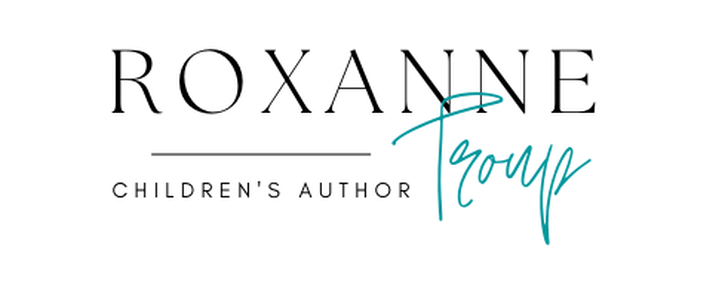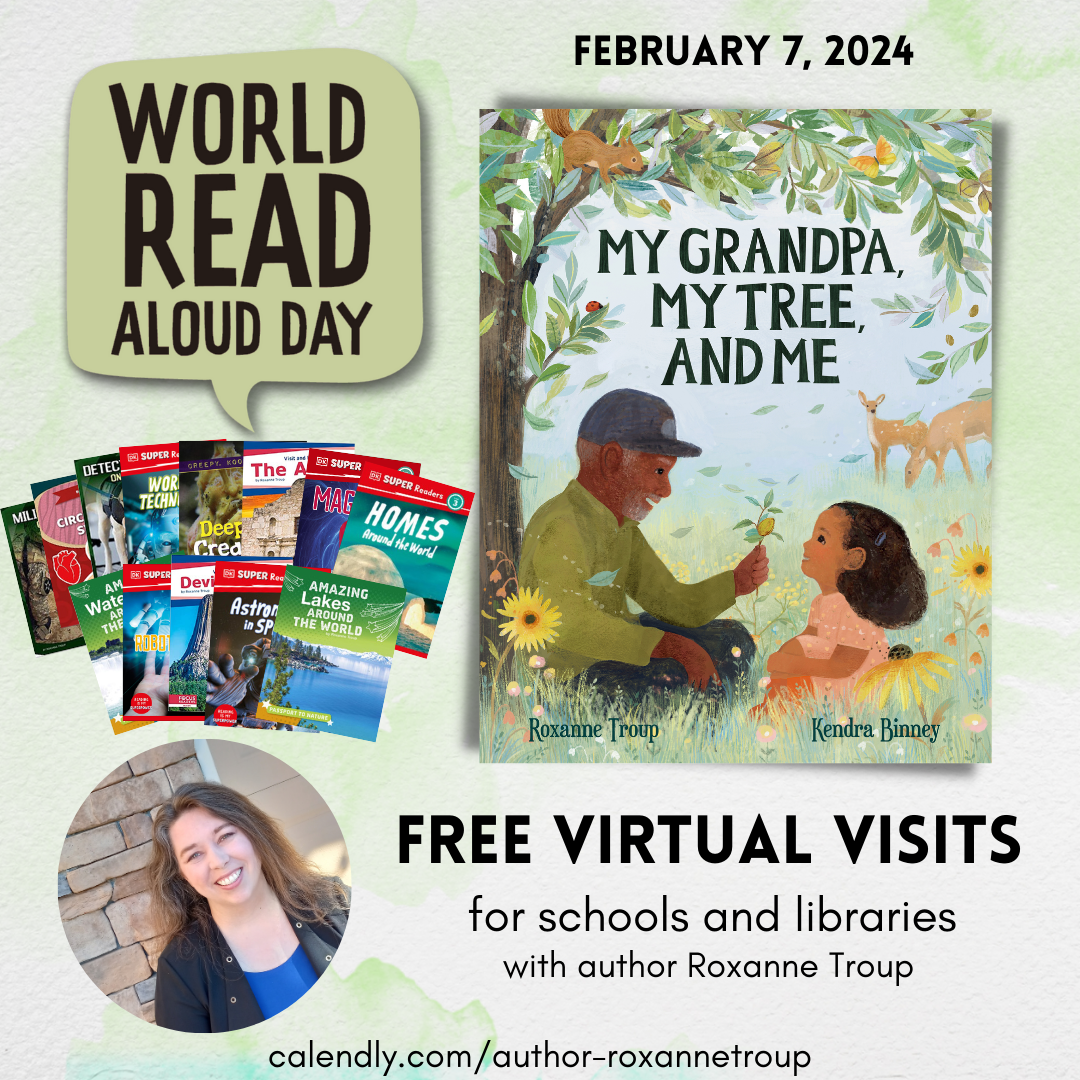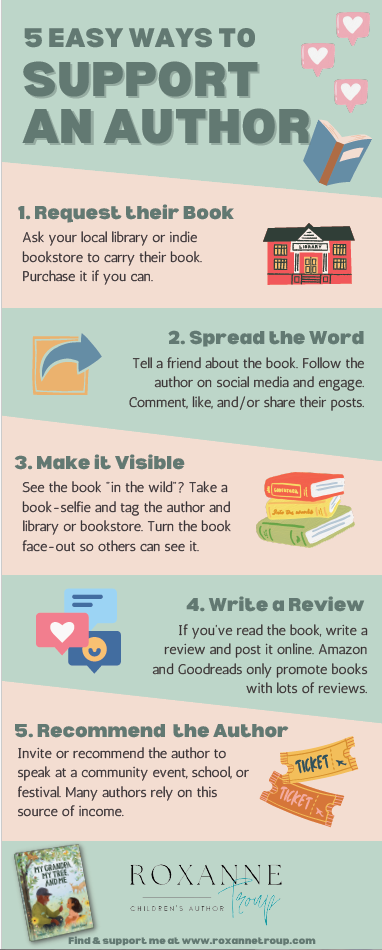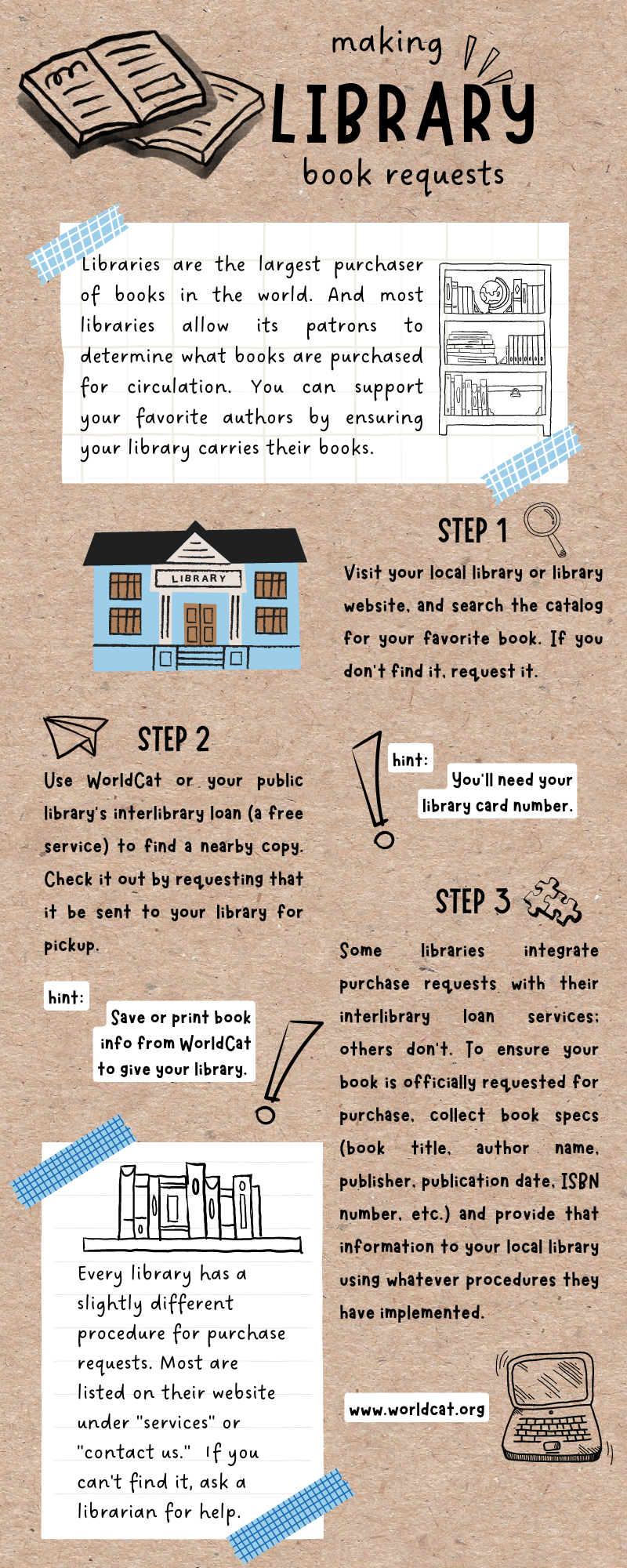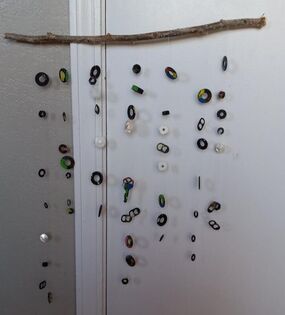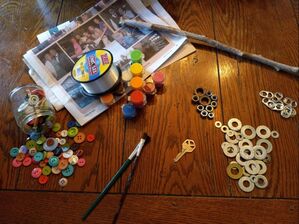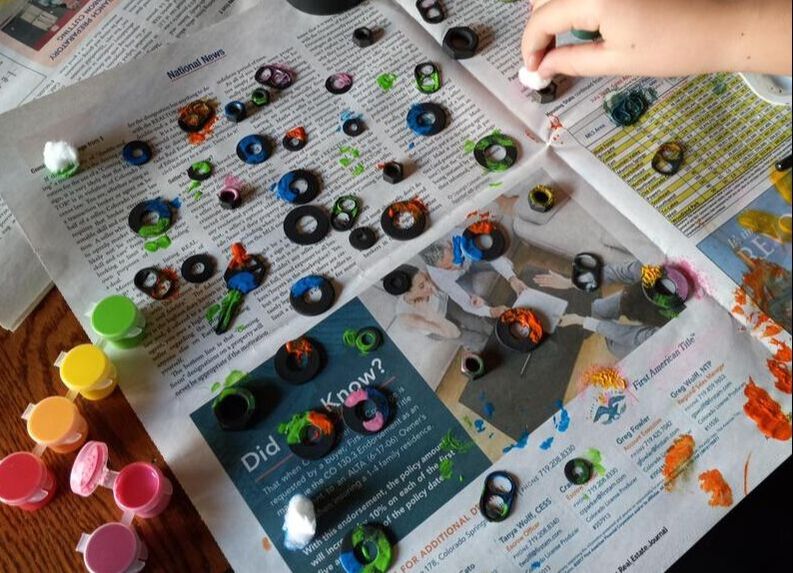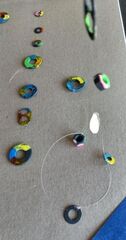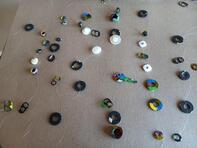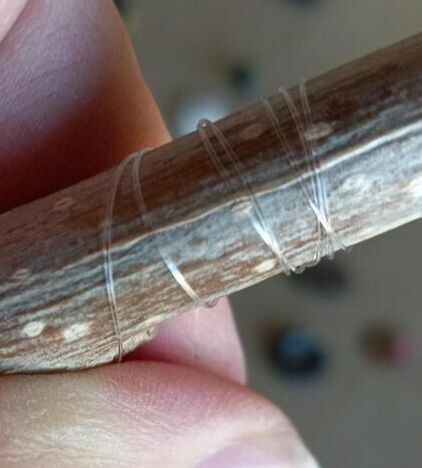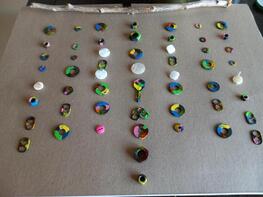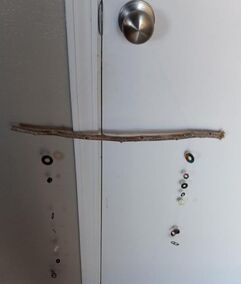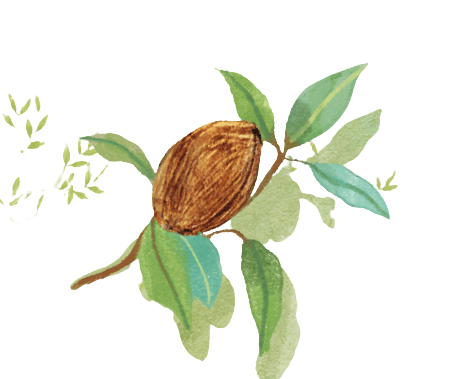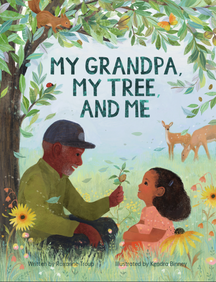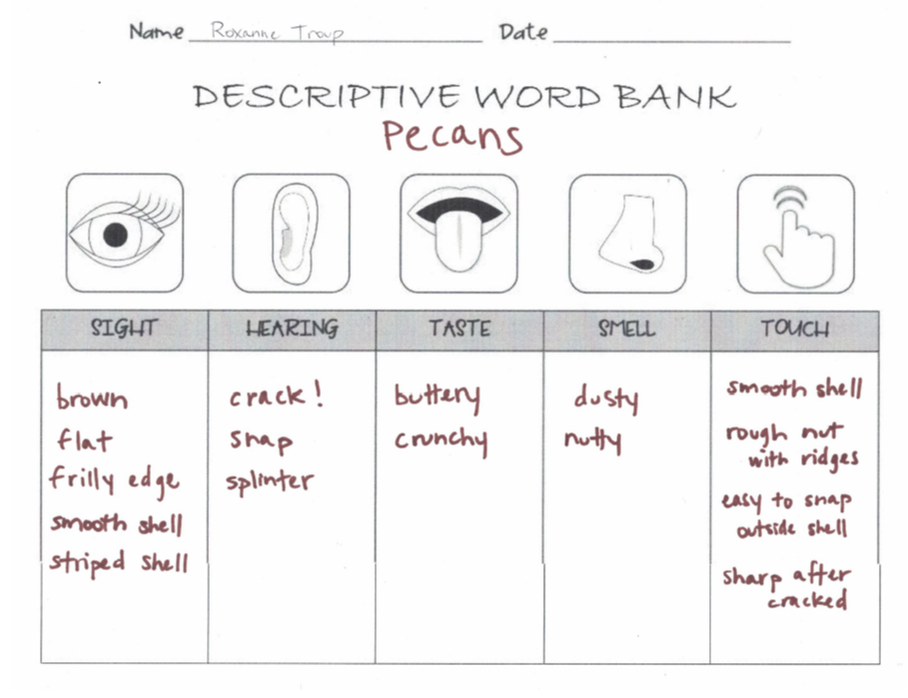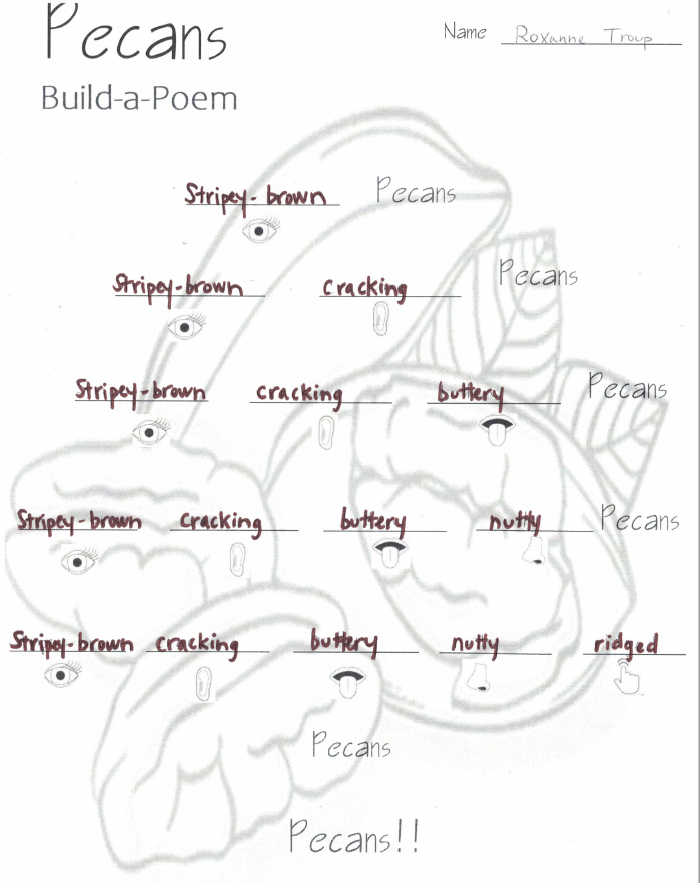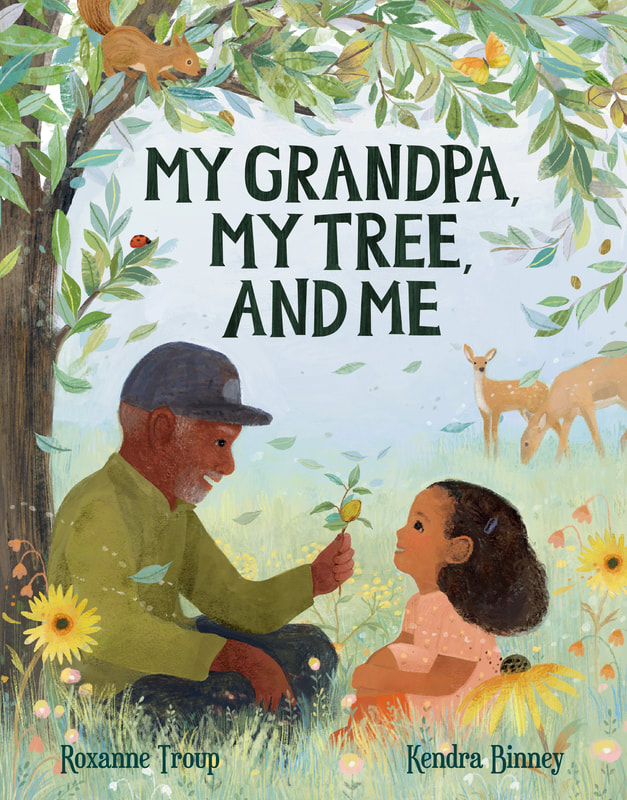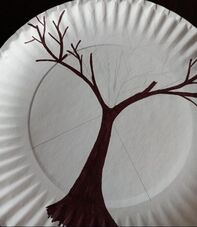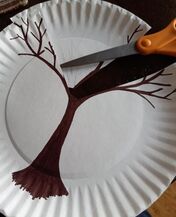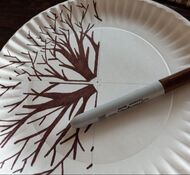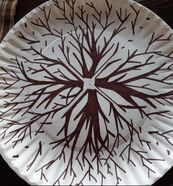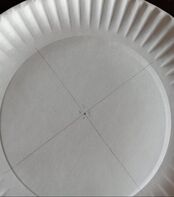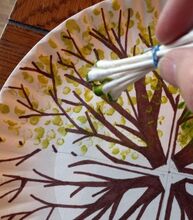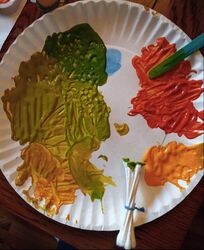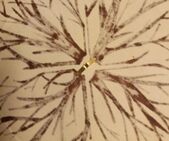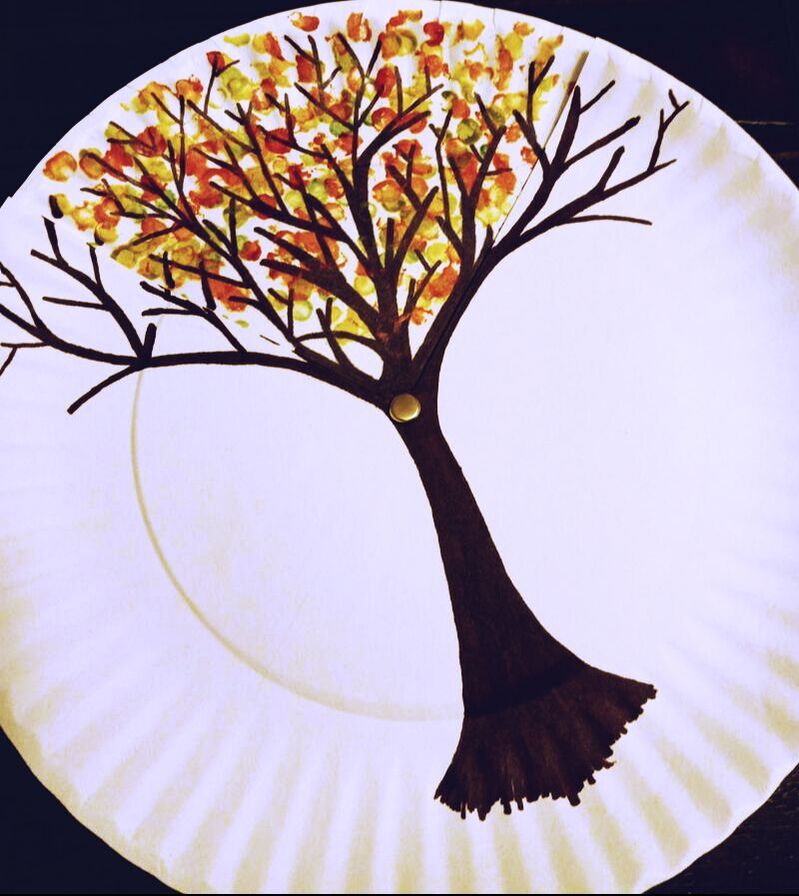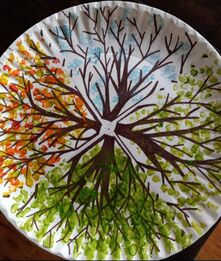|
I'm thrilled to be offering free virtual read a-louds on World Read Aloud Day. If you'd like to introduce your students to an author, sign up!
2) Paint the metal objects as desired. (I spray-painted mine black to provide consistency, let dry, then sponged in various colors using a cotton ball.)
Just download these worksheets and grab an object that's safe to explore with the senses (i.e. can be put in the mouth).
4) Beginning with sight, help them think of different ways to describe the object based only on what they see. (That might include things like color, shape, and size.) Use the "word bank" to record each descriptive word/phrase in the "sight" column. 5) Repeat this step for each column/sense on the "word bank," helping only when necessary. (Leave taste for last.) Encourage the children to add at least three words in each column. Time to write!6) Have your child circle their favorite word from each column of their word bank. 7) Using the "build-a-poem" worksheet, direct them to add the word to the correct blank(s) on their poem. (You may need to help them change the suffix of their words so that they work in the sentence.)
Procedure:Each child will need two paper plates. (One will become the trunk of the tree. The other will be its branches.)
Time to Paint:
Learn more about MY GRANDPA, MY TREE, AND ME and discover more book activities at the following links:
|
Roxanne TroupChildren's author writing about nature and family. Categories |
Proudly powered by Weebly
